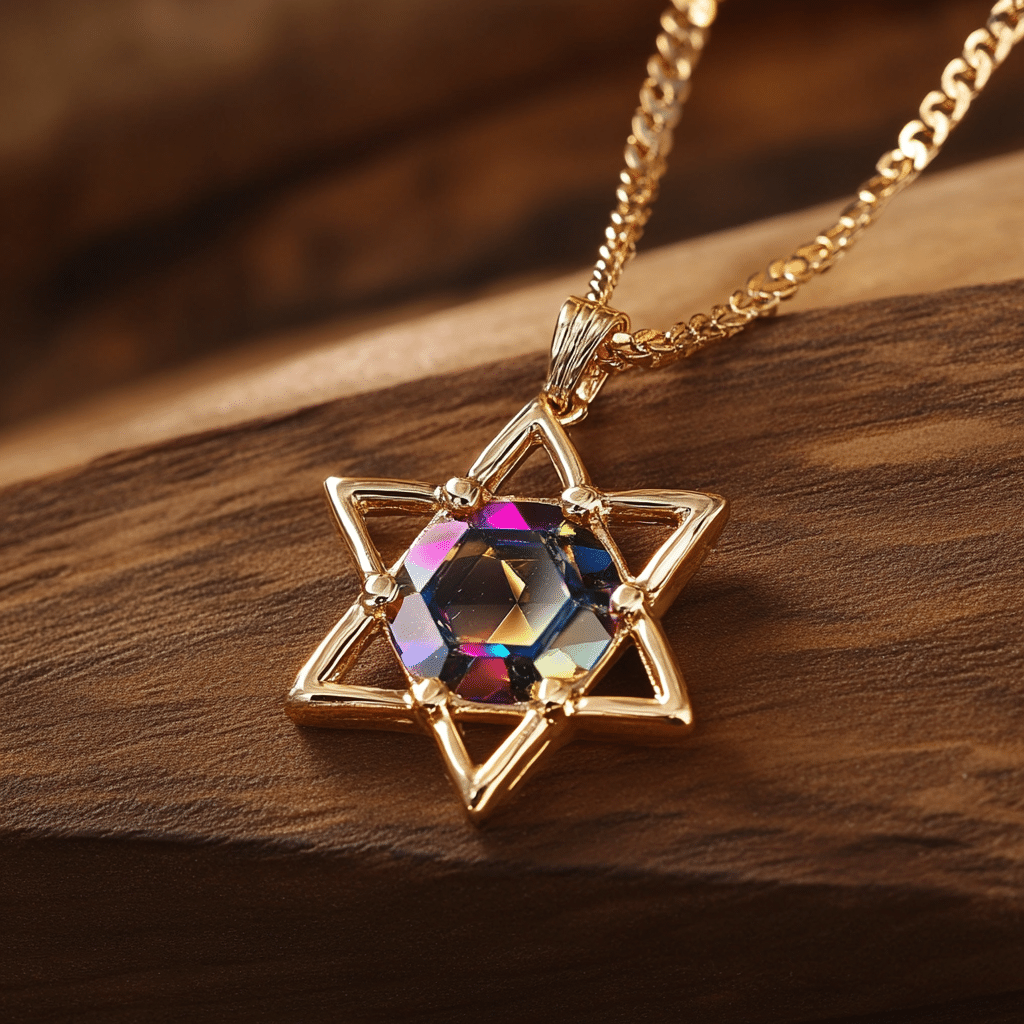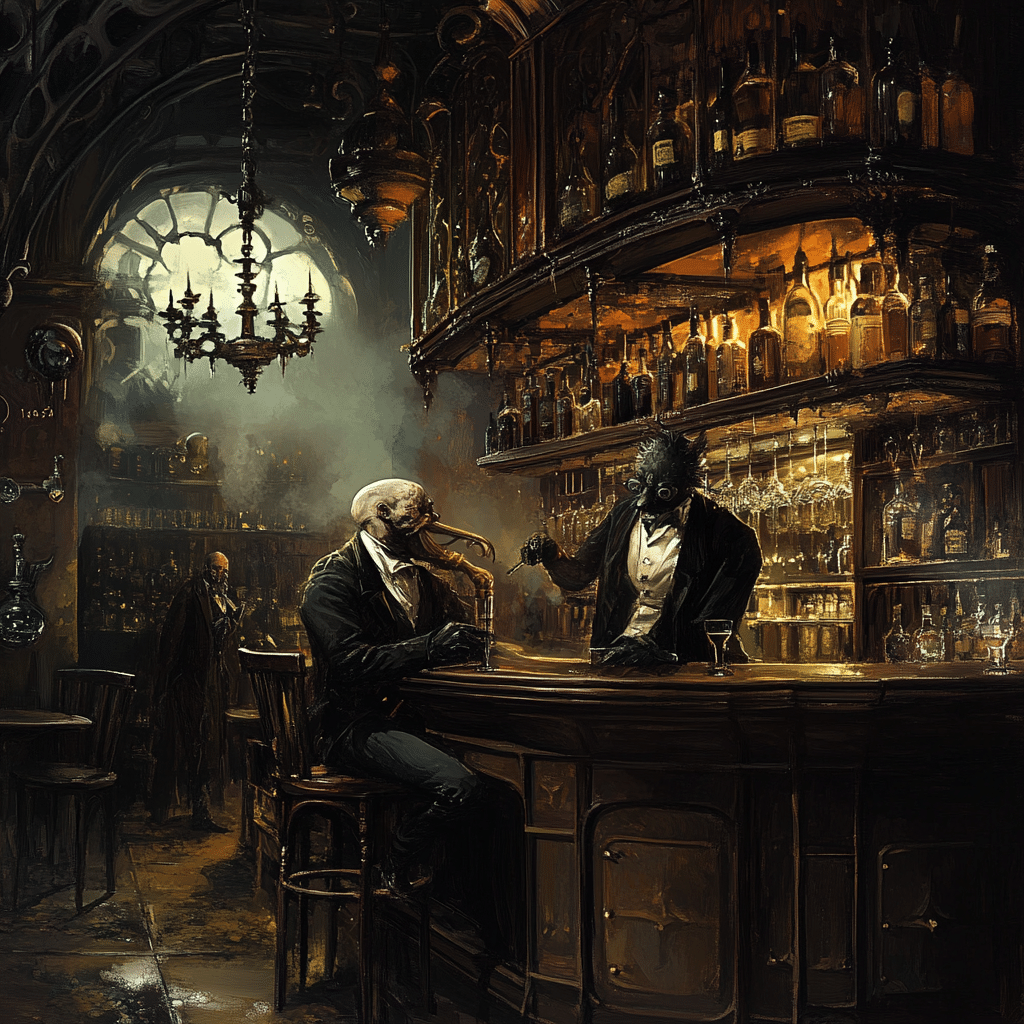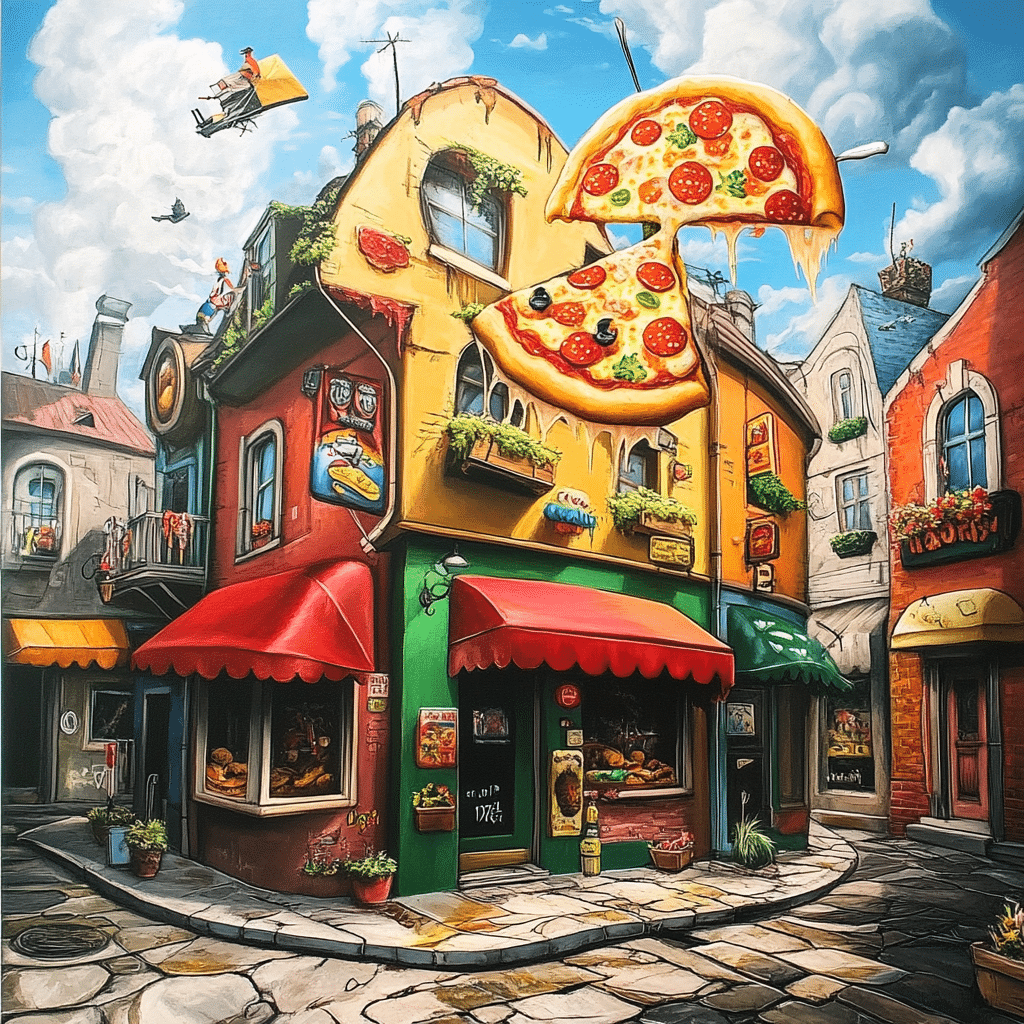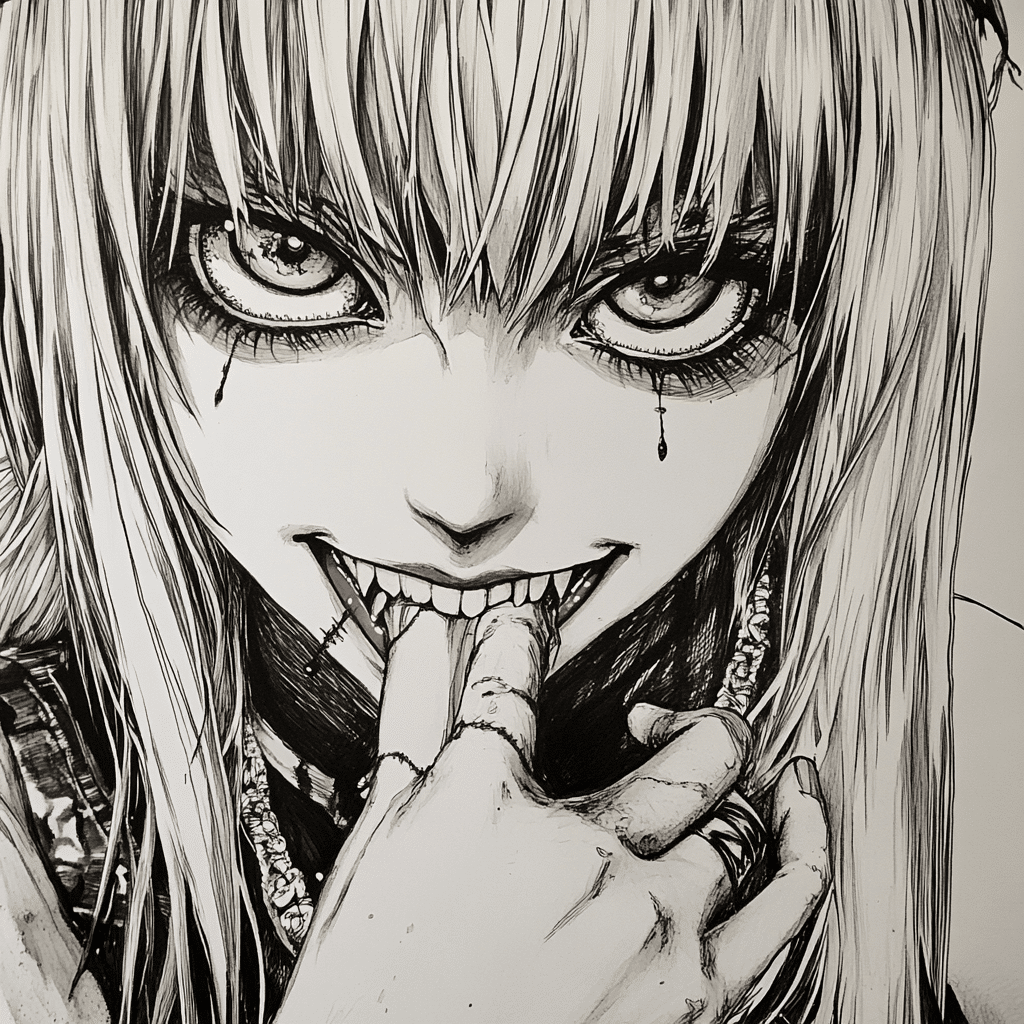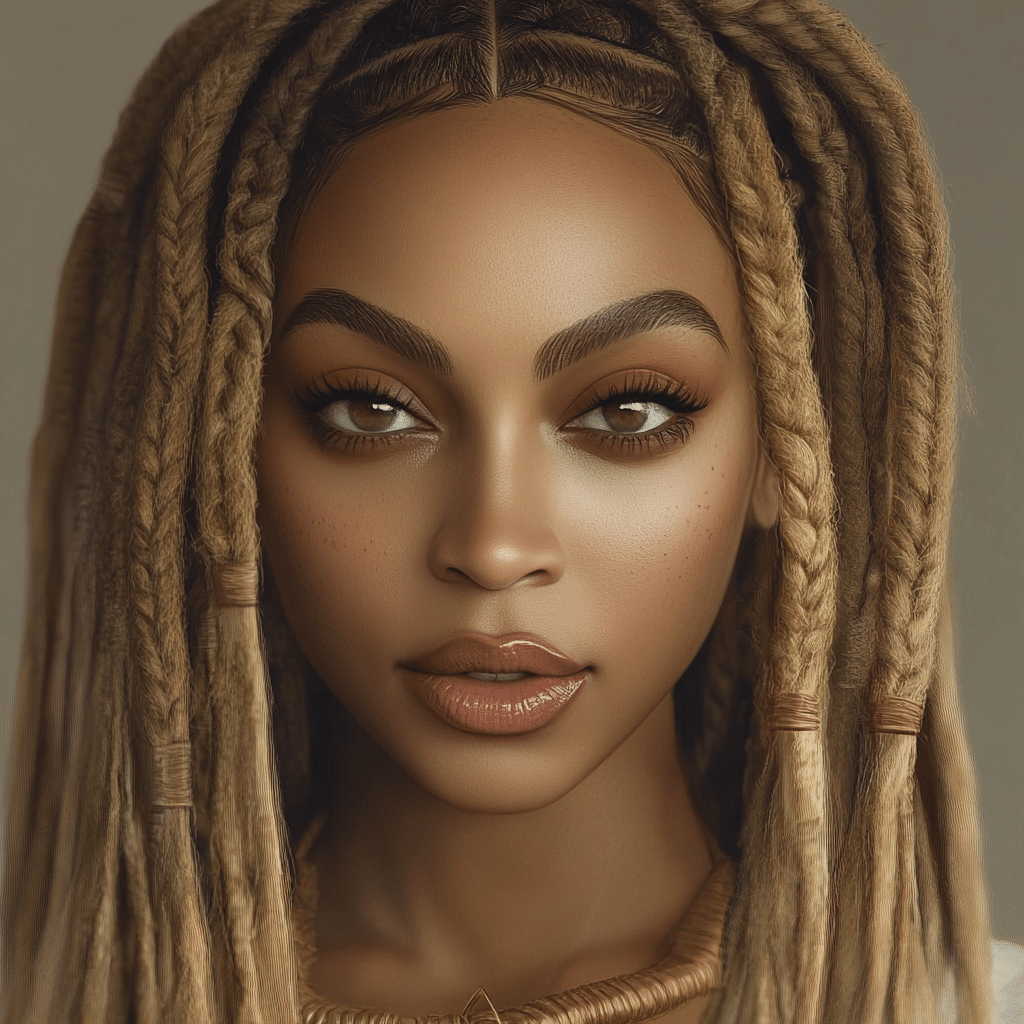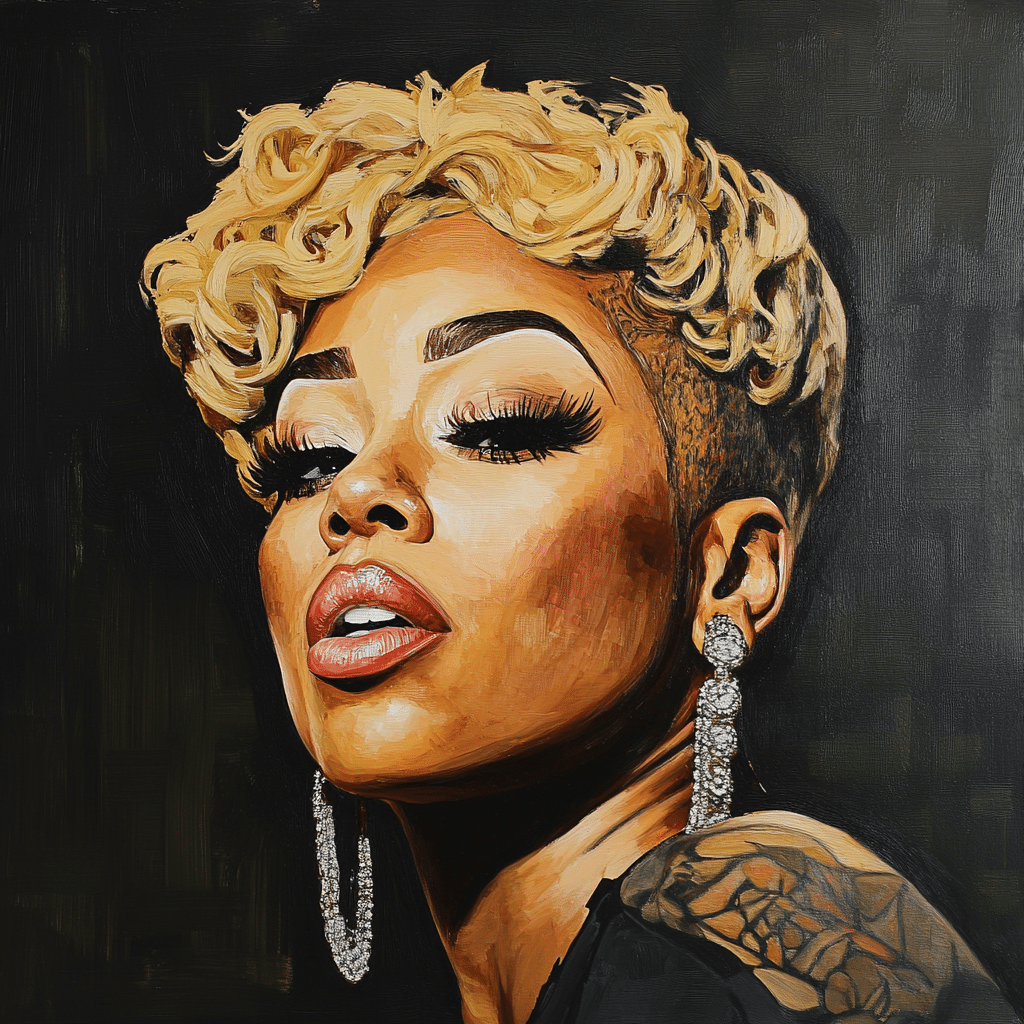There’s no denying the breadth of influence that Death Note, the hugely popular manga and anime series, has had on anime culture. Central to this narrative is Misa Amane, a character who embodies an intricate blend of devotion, ambition, and tragedy. Her journey as a Shinigami ally raises intriguing questions about morality, love, and the nature of death. In exploring the complex life of Misa, we unpack why she is one of the series’ most compelling figures.
7 Key Aspects of Misa Death Note’s Character Development
Misa’s unwavering affection for Light Yagami drives much of her character arc. She’s willing to dance on the edge of danger, sacrificing her own safety and manipulating the police to aid him. This fervent commitment showcases love’s darker sides, hinting at the destructive potential inherent in obsession.
Initially, Misa appears as a naïve idol. Yet, as she interacts with Light and grapples with supernatural forces, her character deepens. The show poses tough questions about autonomy: can we maintain control over our decisions when suffocated by powerful emotions or otherworldly influences? Misa is a prime example of this struggle.
Misa’s motivations pivot around her quest for justice following the brutal murder of her parents. This deeply personal tragedy draws parallels to Death Note’s broader themes about justice and morality. Misa’s fight for vengeance makes her decisions more relatable, captivating audiences as they witness her transformation.
Misa’s bond with her Shinigami, Rem, adds a fascinating dynamic to her character. Rem’s god-like perspective on life and death contrasts Misa’s human emotions. This connection enhances her motivations, particularly as Misa grapples with the implications of touching the Death Note.
As a famous idol, Misa experiences the highs and lows of public life, yet her fame leaves her feeling isolated. The irony is profound: being adored by millions fails to fill the empty spaces in her heart. Her genuine connection to Light becomes her anchor in a world where true friendships are scarce.
Misa’s journey challenges viewers to reconsider where moral lines are drawn. Her alignment with Kira (Light’s alter ego) prompts reflections on vigilantism and the justifications surrounding acts deemed wrong. The audience grapples with these moral dilemmas, making her character even more compelling.
Misa’s story culminates in tragedy, showcasing her role as a quintessential tragic heroine. Her devotion morphs into an all-consuming obsession, resulting in devastating consequences. This painful transformation raises questions about identity and the cost of blind love.
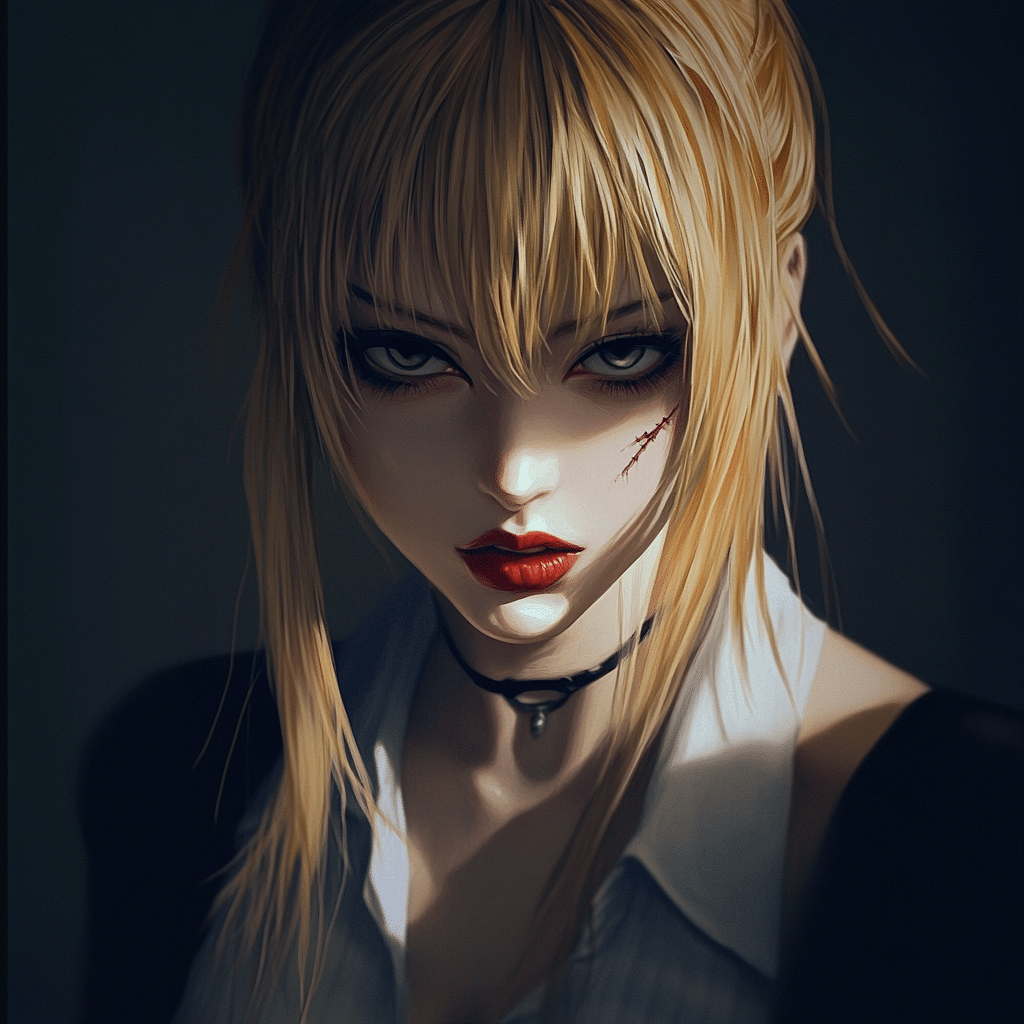
Analyzing Misa’s Impact on Shinigami Culture in Death Note
Misa exemplifies how human emotions intertwine with the supernatural qualities of Shinigami. Her experiences create a bridge between mortality and the otherworldly. Unlike other characters who wield the Death Note primarily for power or control, Misa’s motivations stem from her personal world, enhancing the emotional weight of her actions.
Misa’s relationship with Rem provides a fascinating lens through which to analyze the Shinigami experience. As an ally, Misa showcases the vulnerabilities and strengths inherent in human-Shinigami relationships. Her deep emotional journey invites viewers to engage with philosophical inquiries about existence, mortality, and the human condition.
The interplay between Misa and her Shinigami friend influences the overarching themes within Death Note. Instead of being mere observers, Misa’s emotional struggles compel audiences to empathize with her plight while raising awareness of the moral dilemmas surrounding the Death Note’s usage.
The Portrayal of Female Characters in Death Note: Misa as a Case Study
Through Misa Amane, Death Note challenges common stereotypes surrounding female characters in Shonen narratives. Critics often point out the objectification of Misa as a mere love interest or a tool for Light’s character development. However, a closer look reveals her complex motivations and agency—flawed as they may be—making her more than a secondary character.
Misa’s character arc illustrates the struggle for autonomy faced by women, caught in the labyrinth of love, loss, and ambition. Her resilience and tenacity symbolize the pursuit of identity in a demanding world, offering a nuanced portrayal of femininity that resonates with viewers beyond surface-level narratives.
Misa serves as a case study for the complexities of female representation in anime. While she follows a trope of the tragic heroine, her capacity for growth and depth invites discussion about expectations placed upon women in fictional settings. This dialogue extends into real-world considerations of how society perceives and values female characters across all genres.
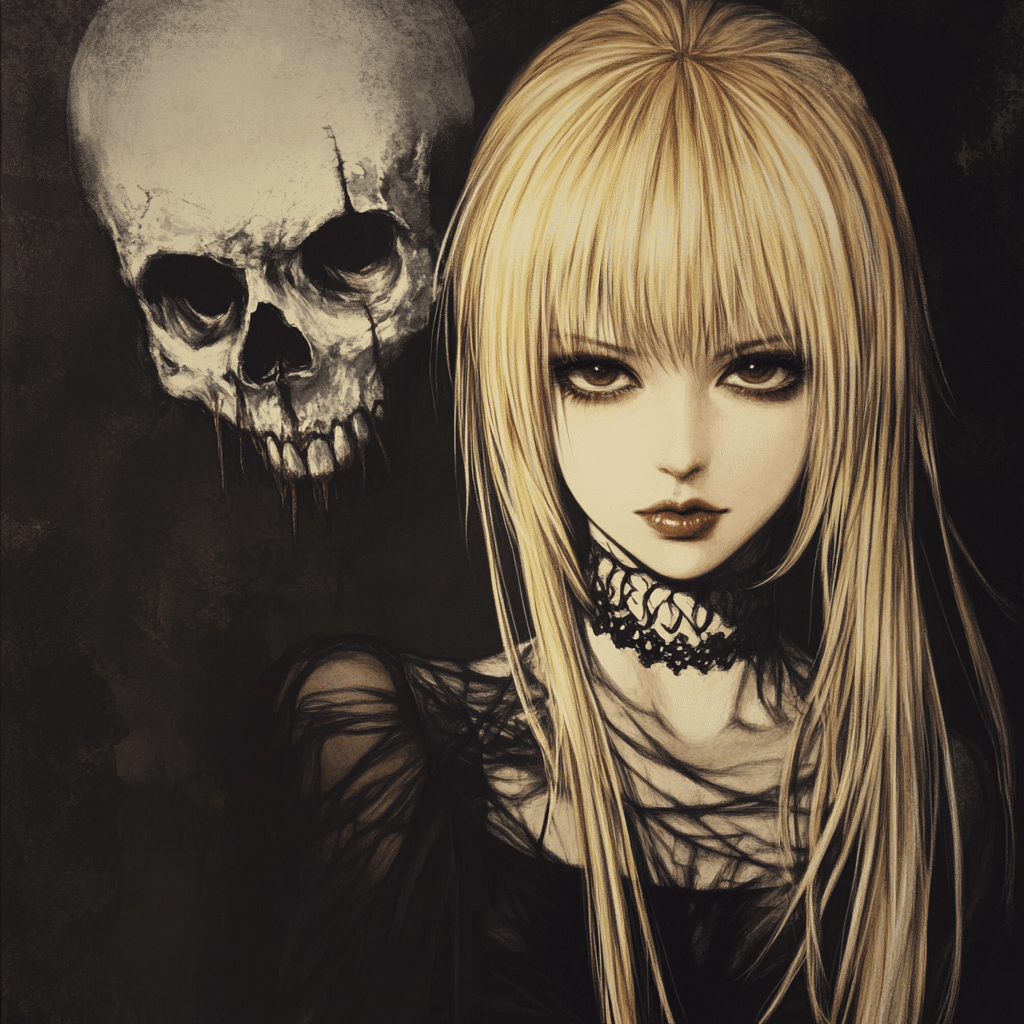
Misa Death Note: A Reflection of Society’s Fascination with Death
Misa’s dance with death—echoed through her actions, motivations, and her adventures within the Shinigami world—mirrors societal obsessions with mortality and the ethical dilemmas surrounding it. Throughout Death Note, Misa’s relationship with death takes on multiple layers, compelling audiences to reflect on their beliefs regarding justice, retribution, and the fragility of life.
Her existential struggles evoke discussions that extend beyond the confines of the series. Misa encapsulates a societal craving for understanding life and death. This desire to grapple with mortality pushes the boundaries of narrative, inviting viewers in 2024 to confront their values and moral justifications.
As Misa Amane’s saga unfolds, she stands as a profound commentary on love’s potential to propel individuals toward both enlightenment and despair. Her layered personality resonates with audiences, echoing real-life experiences. The discussions ignited by her character are just as relevant today, reminding us of the intricacies of the human experience.
In a world saturated with stories that often reduce complex characters to mere archetypes, Misa Amane emerges as a captivating figure emblematic of the darker paths love can lead individuals down. As viewers dissect her multifaceted persona, Misa continues to evoke intrigue and sympathy, making her a lasting symbol in anime culture. Through her, Death Note invites us all to delve into the intricate intertwining of human emotion and morality—a journey that leaves a lasting impression.
With all her complexities unfurling, there’s much to learn from Misa’s story. Through modern interpretations of timeless themes, like justice and the human condition, her character’s journey prompts us to ponder our own moral compasses as we navigate the world today. So, whether you’re a longtime fan or a newcomer to Death Note, Misa Amane remains a beacon of emotional depth and philosophical inquiry.
Misa Death Note: Intriguing Insights on a Shinigami Ally
Misa’s Unforgettable Style and Symbolism
Misa Amane isn’t just a devoted ally of Kira; she’s also a fashion icon in the supernatural world of Death Note. One standout piece that she frequently sports is her star of David necklace, which resonates deeply with her mystical background and commitment to her beliefs. Her fashion choices amplify her character’s intensity—a white lace dress, for example, accentuates her delicate and dark persona. A nod to the classic gothic style often seen in anime, these details make Misa a fascinating study in contrasts, encapsulating both her fragility and strength.
The Duality of Love and Obsession
Delving deeper into Misa’s emotional landscape, she embodies the complicated blend of love and obsession. Her devotion to Light Yagami often raises eyebrows. However, it reflects the complexities of real-life relationships, much like those explored by writer Chad Rosen, who adeptly tackles themes of passion and loyalty in his storytelling. Misa’s unwavering loyalty might cause her to make questionable decisions, mirroring situations where fans identify with her struggles. She’s a character that screams for attention and understanding, much like a prominent artist on a quest for recognition.
Misa’s Impact Beyond the Series
Interestingly, the character Misa Amane has influenced various aspects outside the Death Note universe. Her character inspires discussions around deeper themes of morality, justice, and sacrifice, akin to more tangible concepts people engage with today, such as the innovation behind procedures like rf microneedling. Just as this skin treatment is growing in popularity, Misa’s story invites viewers to reflect on identity and agency. In the end, she’s a reminder that our actions can ripple through time, just like the conversion from psi to bar in scientific discussions—seemingly small, yet impactful.
So, whether you’re drawn to Misa’s unique fashion sense or her tumultuous relationships, her character is a vivid illustration of the tangled web of human (and Shinigami) emotion in the series. And who knows—perhaps investing in a grounding mat For bed could help fans find their balance while contemplating philosophy, morality, and all that Death Note represents.

